| The Eye as Spectrometer Comparing eyes to spectrometers, and comparing human eyes with bird and insect eyes |
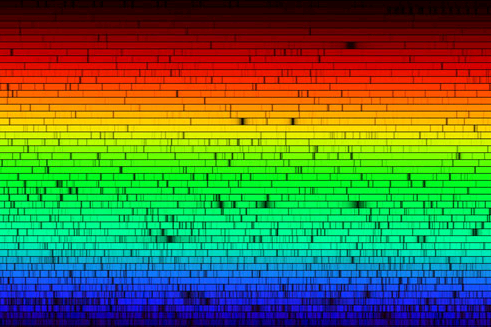 |
What is a spectrometer, and how does it work? A spectrometer is an instrument that measures the light absorbed (either intensity or polarization) and calculates the light transmitted by a substance. This measurement can then be used to determine the identity or concentration of that substance. The basic process is as follows:
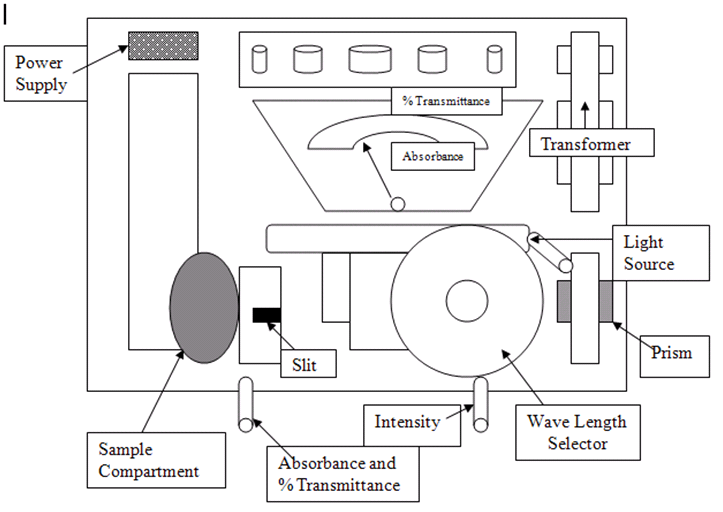 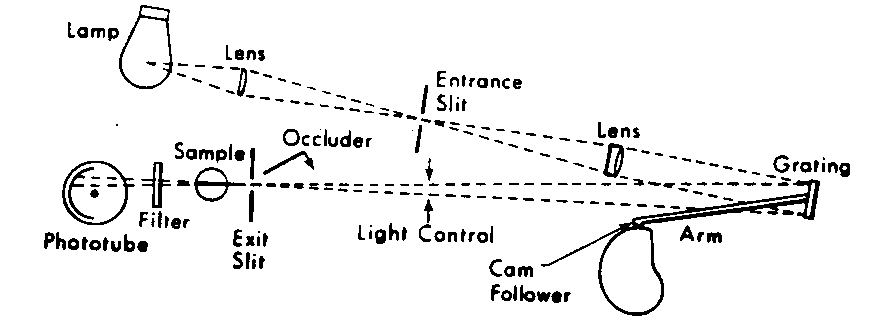 |
| How is the
human eye like a
spectrometer? While eyes are commonly compared with cameras, an examination of the eye structure shows that it can also be seen as a small, simplified spectrometer. The images below show the structure of the human eye, and a detail of the retina, where the rods and cones are found. Rods and cones are photoreceptive cells that translate the incoming light into signals that get transmitted to the brain, via the optic nerve, to be translated into colors, and subsequently coelesced into images. Rods translate intensity and cones translate color. Humans have three types of color cones, blue, red and green. Humans who are color blind have weakness in one or more of their cone types, and/or weakness in their rods. 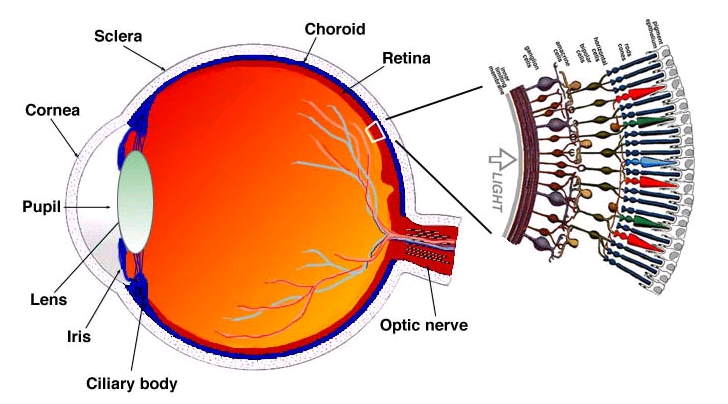 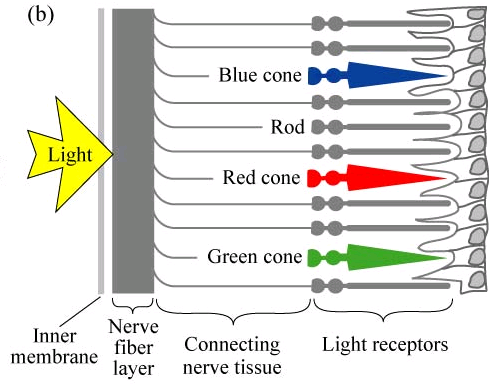 Remember the basic function of a spectrometer (see above). In the case of the eye, the light source is the emitted light from an object. All substances absorb electromagnetic radiation (light) and transmit EMR at a complementary wavelength. This emitted light passes through the cornea, which acts as a refracting lens. The pupil acts as the slit/aperture. The light then travels through the retina, where the rods and cones act as the prism, diffracting the light and sending the data to the optic nerves to be collected by the brain. |
| How are bird
eyes different from
human eyes? The primary difference between bird eyes and human eyes is that bird eyes have at least four, and sometimes five types of color cones, whereas humans have only three. In addition, birds can see UV wavelengths. One of the reasons for this is that birds have an additional type of photo receptor to the two that humans have, called double cones. Bird eyes also have no blood vessels, which contribute to light scattering. Essentially, their prisms are much more efficient with light diffraction. In addition, while humans have approximately 200,000 cones per sq millimeter, birds can have from two to five times that number. This translates into massively increased intensity. The first image below is a mammalian eye. The second image is an avian eye. You can see the lack of blood vessels in the avian eye. The pecten is what provides the nutrients to the eye, allowing the avian eye to be blood-vessel free. 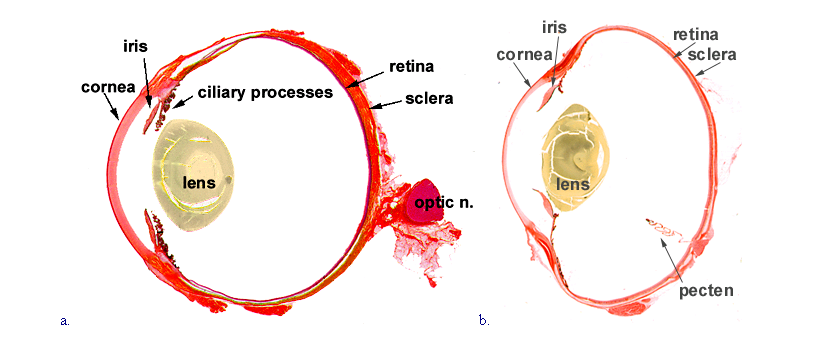 |
| How are insect
eyes different
from human eyes? Insects tend to not see the wavelengths in the red range, but do have UV vision. Bees, specifically, have no red cone receptors, but do have UV cones. In addition, it is theorized that insects can translate polarization, due to the multi-faceted structure of the insect eye, which can twist clockwise or counter-clockwise, thus sensing polarization effects. These tiny facets are called omitidia, and this ability to sense polarized light is the primary way they find their way home. Interestingly, in many insects the portion of the eye that can sense polarization is restricted to the parts that see upwards, towards the sky. For an informative Power Point
about insect eye structure, with good images, go here.
|
|
Resources for this page
http://chemed.chem.purdue.edu/genchem/lab/equipment/spec20/index.htmlhttp://www.chemistry.nmsu.edu/Instrumentation/Spec20_diag.jpg http://www.ecse.rpi.edu/~schubert/Light-Emitting-Diodes-dot-org/chap16/F16-01%20Human%20eye.jpg http://hyperphysics.phy-astr.gsu.edu/Hbase/vision/eye.html http://www.backyardnature.net/birdeyes.htm http://www.sciencedaily.com/releases/2008/05/080512113508.htm http://photo.net/learn/optics/edscott/vis00010 http://www.lsi.usp.br/~bioinfo/chickeneye.html http://instruct1.cit.cornell.edu/courses/ent201/vision.html http://instruct1.cit.cornell.edu/courses/ent201/content/eyes_lec.pdf http://www.polarization.com/eyes/eyes.html |
| Spec
Project Main Page |
The Eye as Spectrometer |
Avian and
Insectoid Ocular Adaptations |
Improving
the Human Visible Range |
Teaching Unit |
Home